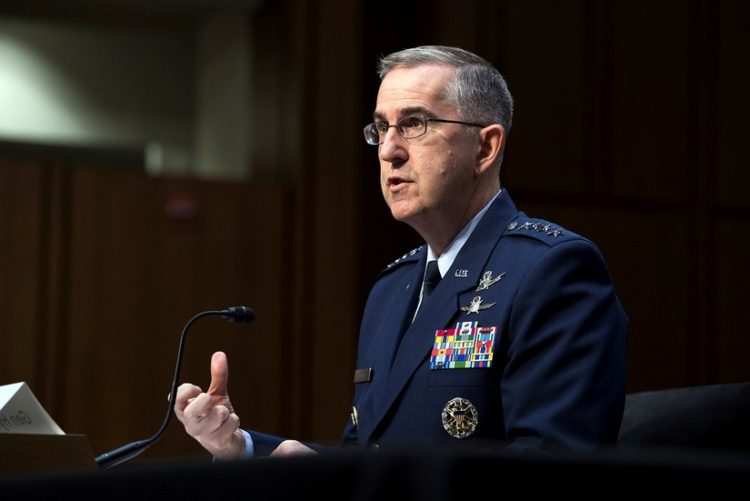When President Trump first announced his intentions to establish a new branch of the armed forces dedicated specifically to orbital and space defense, many Americans scoffed at the prospect as science fiction, unaware that a similar enterprise was already in existence within the United States Air Force. Soon it became apparent that the debate about a space force really isn’t about whether America needs to engage with space as a domain, but rather how best to do so using the resources available.
In the months since, debate has continued to rage regarding how best to approach space from a defensive standpoint, but those waters have been muddied further by confusion regarding the various elements that are included within the broader space defense effort. Much of this confusion has been spurred by the decision to reestablish the United States Space Command as a unified combatant command falling directly under STRATCOM, or U.S. Strategic Command.
Among the American people and even many American lawmakers, the distinction between the establishment of a U.S. Space Force and a U.S. Space Command is difficult to discern. At first glance, they appear to serve the same purpose: the Space Force’s role would be to defend American interests in space and the Space Command’s job would be to, well, defend American interests in space. From the right vantage point, they do seem to be overlapping responsibilities, but the truth is, these are two adjoining layers of the same defense apparatus.
In this video, Gen. John Hyten, who currently commands STRATCOM but has been nominated to serve as the next vice chairman of the U.S. Joint Chiefs of Staff, appeared before the Senate last week to answer questions from lawmakers regarding the various elements of America’s space defense endeavor. During the line of questioning, he was asked directly what the difference is between the Space Force and the Space Command. His concise explanation can be seen below:
As the general explains, the U.S. military has long employed a system of using services or branches with specialized domains (like the Navy and the sea, the Air Force and the skies) alongside combatant commands that are entrusted with managing combat operations. Put simply, the branch of service trains and equips service members for their roles in America’s war-fighting apparatus, then it’s up to the combatant commands to actually engage in combat operations.
For instance, the Air Force (proper) trains pilots and support personnel, but those airmen would then go on and fight under the command of one of the nation’s unified combatant commands like United States Africa Command.
Likewise, the Space Force would train, prepare, and equip service members for their combat roles within the U.S. Space Command, dismissing concerns about the redundancy of its role in a world with a Space Force. In fact, the existence of a space force would all but guarantee the need for a space-based combatant command.
While the best way to move forward with space defense may be the subject of continued debate, at least that’s one bit of confusion we can all put to bed.
Already have an account? Sign In
Two ways to continue to read this article.
Subscribe
$1.99
every 4 weeks
- Unlimited access to all articles
- Support independent journalism
- Ad-free reading experience
Subscribe Now
Recurring Monthly. Cancel Anytime.









